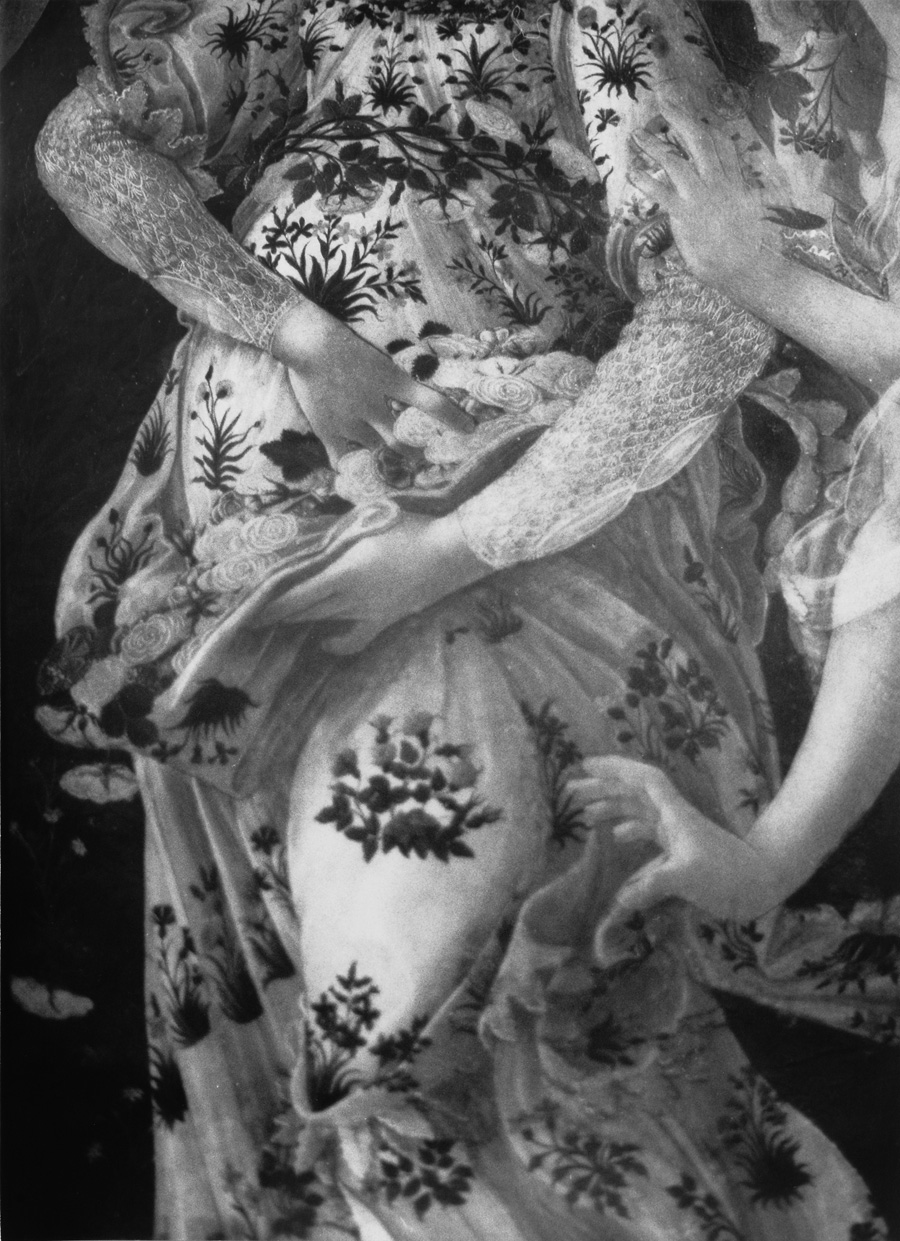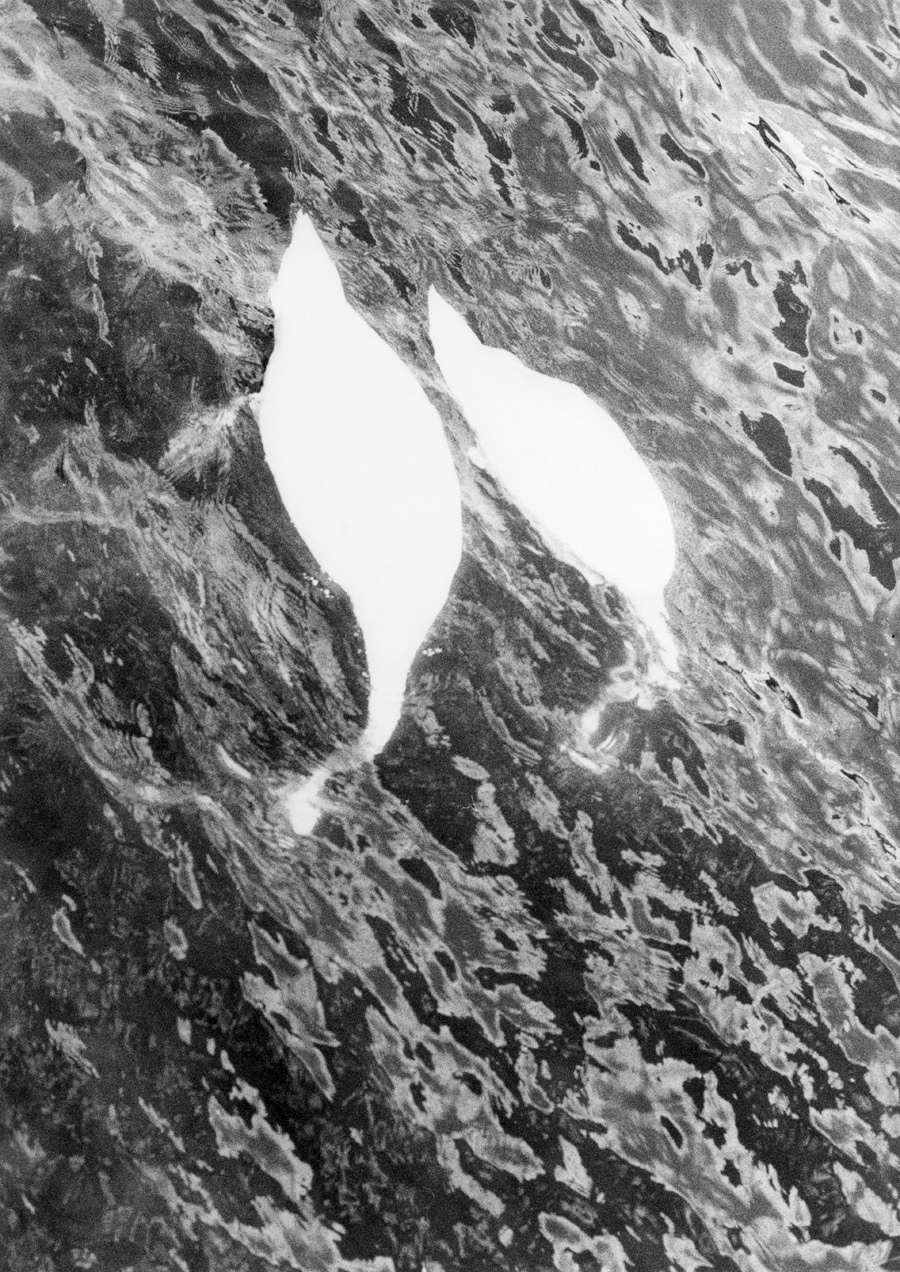Jochen Lempert: Modes of Looking, Signs of Spring
At Bildmuseet, Umeå, the artist’s meticulous, elegant photography interrogates both the natural world and the nature of the human gaze
At Bildmuseet, Umeå, the artist’s meticulous, elegant photography interrogates both the natural world and the nature of the human gaze

It’s tempting to read the title of Jochen Lempert’s first institutional solo show in the Nordic region, ‘Sudden Spring’, as an homage to Rachel Carson’s classic environmental book, Silent Spring (1962). More so, given that Bildmuseet has concurrently devoted two of its floors to ‘Eco-Visionaries’, an exhibition featuring socially engaged and research-based work spanning art and ecology. Indeed, ‘Sudden Spring’ may refer to the manner in which springtime arrived in Northern Europe this year, its temperatures some of the hottest on record as a result of climate change. In Umeå, a city located on the Gulf of Bothnia, about 400km south of the Arctic Circle, the transition from winter to summer was unusually acute, as is evidenced at Bildmuseet by a photograph of birch pollen eddying in a pool of snowmelt. For Lempert – a trained biologist who, since the 1990s, has worked primarily with black and white analogue photography – such signs are, perhaps, as unsettling as an absence of birdsong.
But to view this exhibition through the lens of environmental crisis alone would overlook one of its most decisive aspects: its focus on the gaze. Here, Lempert uses photography as a means to interrogate not only the natural world but the very orders of looking. The installation – which comprises groups of unframed photographs mounted on the gallery walls and two new compositions set in vitrines – is both visually elegant and formally precise, commanding shifts in attention and focus that reflect back onto conditions of inscription and reception, as well as the repertoire of the observer.

The show is anchored by the series ‘Un Voyage en Mer du Nord’ (A Trip to the North Sea, 2007): six large prints depicting white-capped waves on a turbulent ocean. Displayed side by side, their continuous horizon suggests a panorama of infinite space, while at the same time establishing multiple vanishing points. Nearby, stark, vertical photograms of seaweed recall the high modernism of abstract expressionist painting; to their right, an underwater portrait of a sea dragon punctuates the sequence. Such meticulously orchestrated montages of perspectives, positions and scales recur throughout the exhibition. In another arrangement, a 1:1 image of a lady-bird is positioned alongside an aerial shot of a car, on top of which lies an enormous leaf. Its dimensions approximate those that can be seen in the Bildmuseet carpark from the gallery window. ‘Sudden Spring’ traces formal continuities and discontinuities in thoughtful and often ingenious ways. The diptych Belladonna (2013), for instance, which an exhibition guide describes as ‘an attempt to photograph a non-anthropocentric projection’, depicts an Atropa belladonna plant imitating the eyes of a squirrel in order to attract it as a seed-carrier. Lempert alludes to such interspecies entanglements frequently, balancing a quasi-scientific stance with careful attention to the materiality of the photographic medium. When seawater containing bioluminescent algae is poured over negative film, as in Noctiluca (2017), the results are extraordinary.

In this movement between objective and subjective, empirical and aesthetic, broader epistemological concerns are at stake. When the shapes and patterns of local flora are seen mirrored in detail shots of Sandro Botticelli’s painting Primavera (Spring, c.1482), it evokes not only the agency of plant life, but also the forms of knowledge transmitted by images and representational systems of the past (of which analogue photography is increasingly a part). Indeed, the modes of looking proposed here – though articulated via a modern system of image-making strongly connected to the sciences – are suffused with analogical and premodern logics wherein things that have once been in contact can continue to act upon one another at a distance. At a time when even the most advanced scientific research is found to confirm ancient wisdom – from folklore to pre-Socractic philosophy – such lines of thought are surely worth closer consideration.
Jochen Lempert: Sudden Spring is on view at Bildmuseet, Umeå, from 15 June until 21 October 2018.
Main image: Jochen Lempert, Untitled (Plastic Bag) (detail), 2017. Courtesy: the artist, BQ, Berlin, and ProjecteSD, Barcelona © Jochen Lempert / VG Bild-Kunst, 2017





















